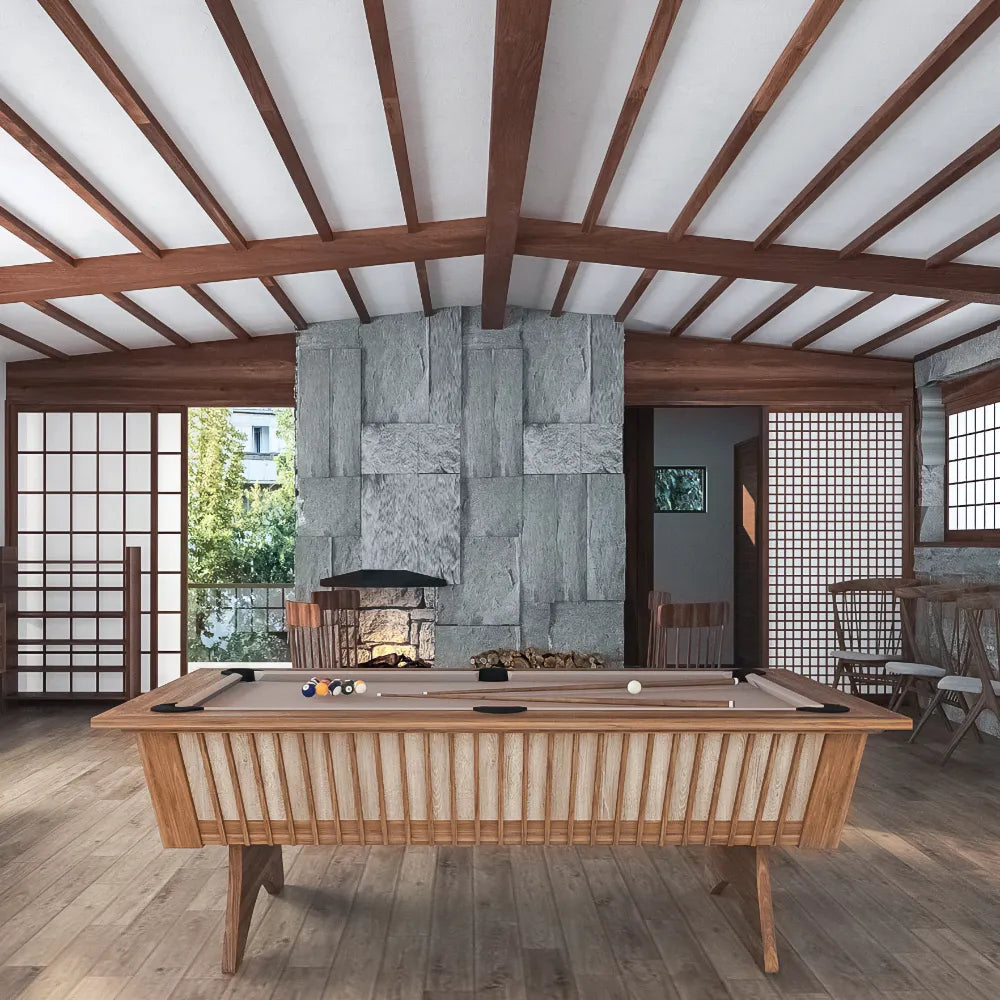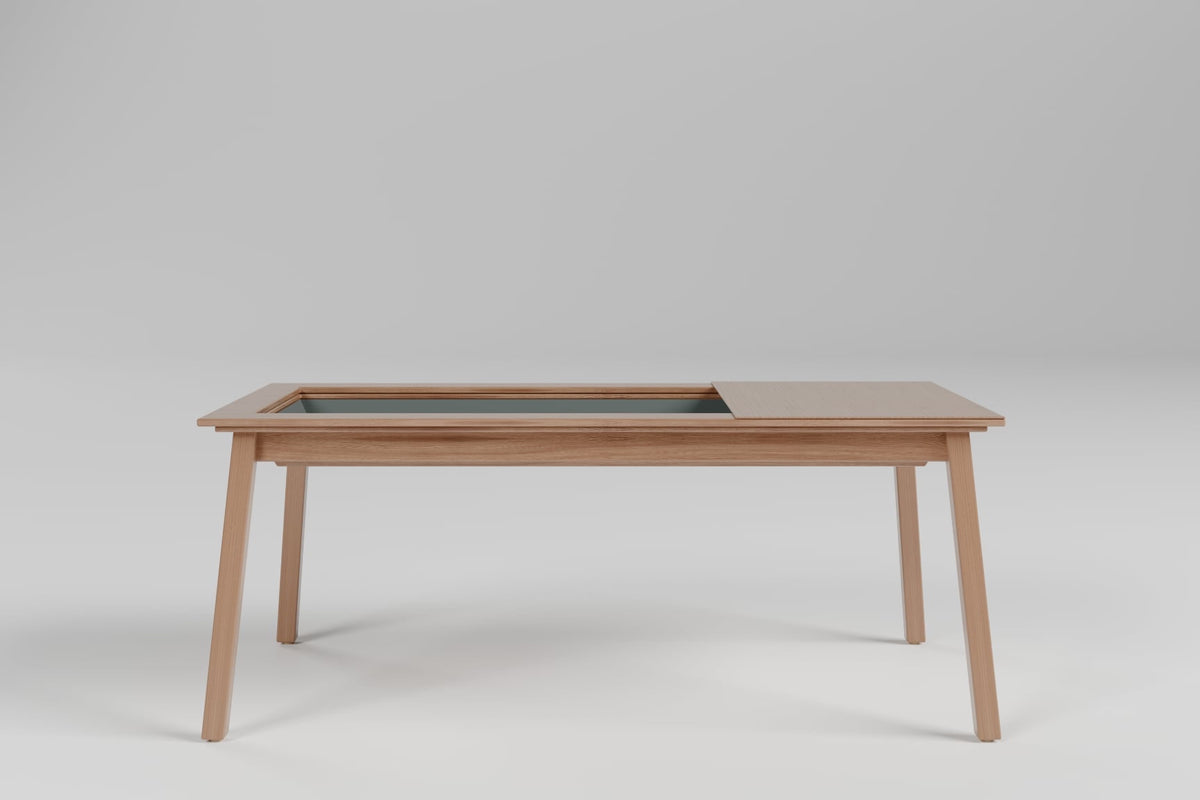George Nakashima (1905–1990) is celebrated as a visionary American woodworker and furniture designer known for his unique synthesis of Eastern and Western design philosophies. His work reflects a deep-rooted reverence for nature, especially wood, and he is recognized for integrating spiritual and aesthetic values into his designs. Nakashima’s philosophy and craftsmanship have created a lasting legacy that continues to inspire artisans and designers worldwide.
1. Reverence for Wood
Nakashima believed that each piece of wood has its own unique character and soul. His designs highlight the natural imperfections of wood, using techniques like butterfly joints to showcase cracks and flaws as part of the wood’s story rather than defects to be concealed. He famously stated, “every tree deserves another life,” underscoring his commitment to sustainability and the spiritual continuity of materials.
2. Aesthetic Dualities
Nakashima’s work embodies the concept of dualities—strength versus fragility, modernity versus tradition, and natural versus synthetic. This balance is akin to the contrasts found in music or art, adding depth and beauty to his pieces. His designs often merge traditional Japanese craftsmanship with American styles, like Shaker and Windsor, creating furniture that is both functional and artistically profound.
3. Spiritual Influence
Having spent time in spiritual communities, particularly an ashram in India, Nakashima developed a profound spiritual connection to nature. He viewed trees as sacred entities, and this reverence influenced his approach to woodworking. His book, The Soul of a Tree: A Woodworker’s Reflections, explores the spiritual connection between the craftsman and the material, capturing the essence of his work.
4. Craftsmanship vs. Mass Production
Nakashima was critical of mass production and the impersonal nature of industrial design. He championed handmade furniture, emphasizing craftsmanship over machine-made items. His studio was part of the American Studio Craft movement, which valued artisanal skills and bespoke creations. Despite collaborations with manufacturers later in his career, he maintained a hands-on approach to ensure each piece reflected his personal touch and philosophy.
5. Design Approach
Nakashima’s design approach was based on a deep understanding of natural forms. He aimed to create functional objects that transcended specific styles, allowing the designs to evolve organically from their materials. His use of live edges, which preserved the wood’s natural contours, highlighted his commitment to showcasing nature’s intrinsic beauty.

Legacy
Beyond furniture design, George Nakashima’s influence extends into the realms of craft, art, and sustainability. His daughter, Mira Nakashima, continues his legacy by managing the Nakashima studio, ensuring that his principles of craftsmanship and respect for nature remain central to their work. Nakashima’s philosophy serves as a powerful reminder of the beauty in nature and the importance of sustainable practices in design.
In summary, George Nakashima’s work reflects a profound respect for natural materials, an embrace of imperfections, and a commitment to craftsmanship that honors both tradition and innovation. His legacy endures as a testament to the beauty found in nature and the importance of sustainable design practices.





0 comments